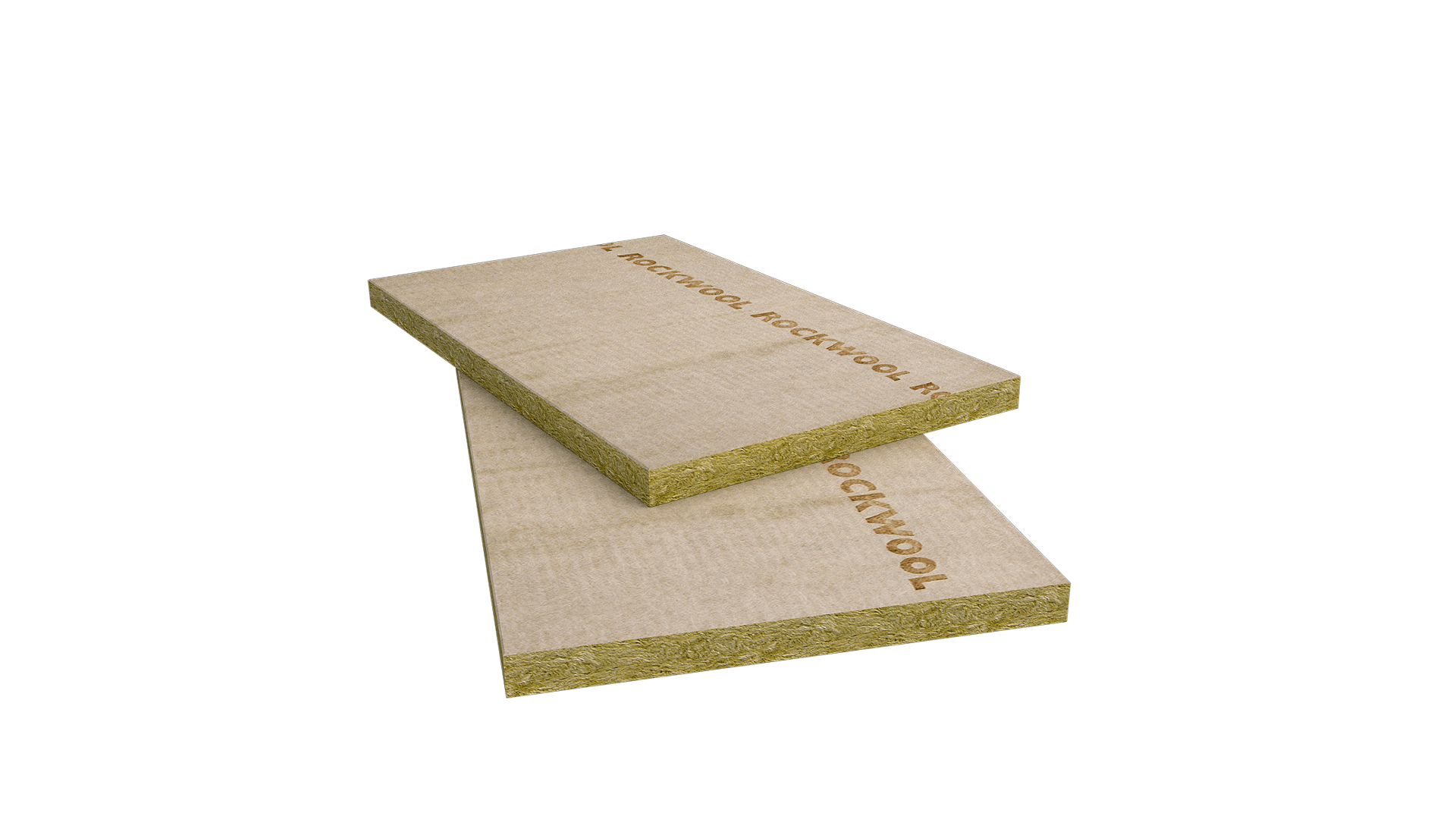Noise pollution can be damaging to human health in various ways. According to World Health Organisation (WHO) research, it affects sleep, social productivity and may even lead to hearing loss1.
Acoustic floor insulation significantly reduces the impact of noise on building occupants, by cutting sound transfer between neighbouring spaces. Installed on the first floor or intermediate floors of separating flats or offices in the same property, it creates a more comfortable living or working environment.
Find out more about the benefits and applications of ROCKWOOL acoustic flooring solutions today.
















